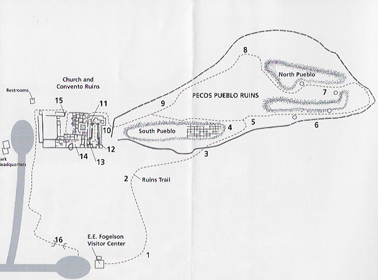
Location
Near church (N35D33'01.121 X W105D41'09.180)
Flowers first observed: 8/16/17
Plant w/Flowers

Mature Leaves w/Flowers

50X Flowers

Distribution
"Found in waste places and dry, disturbed sites, below 5,000 ft (1524 m) Distribution: USDA Plants lists this species as introduced to the US, but USDA GRIN lists it as native to North America, with its native range consisting of KS, NE, OK, TX, WY, CO, NM, AZ, and northern Mexico. It is listed as naturalized in Eurasia, Australia." (SEINet)
Description
"Annual herb, 20-50 cm tall, from a taproot; branches ascending; stems sparsely hairy with gland-like stipules. Leaves: Mostly opposite but crowded and alternate towards top of plant where they subtend the flowers and become whitened at the bases; blades elliptic to lanceolate, 4-8 cm long, coarsely toothed, with a tapered base and acute tip, lower surface with stiff, strongle tapered hairs. Petioles nearly as long as leaf blades. Flowers: Has the highly modified flower structure characteristic of Euphorbias. Structures called cyathia appear to be individual flowers, but are composed of fused-together bracts forming a cup or involucre, with peripheral nectary glands which are often subtended by petal-like bracts called petaloid appendages. Within the cup there is a ring of inconspicuous male flowers, each reduced to a single stamen. Out of the middle protrudes a single, stalked female flower which lacks petals. In E. davidii, the cyathia (modified flowers) are clustered into cyme-like inflorescences at branch tips. Involucres are glabrous, bell-shaped, and 2-3 mm high, with 1 (sometimes 2) cup-shaped gland and no petaloid appendages; 10-20 staminate flowers. Fruits: Capsule 4 mm wide, distinctly 3-lobed, depressed-spheric, glabrous or sparsely hairy, splitting into 3 single seeded sections at maturity; seeds 3 mm long, ovoid, 3-angled, coarsely tubercled." (SEINet)
Ethnobotanical Uses
"Unknown, but other species in the genus had medicinal uses" (SEINet)
Internet Links